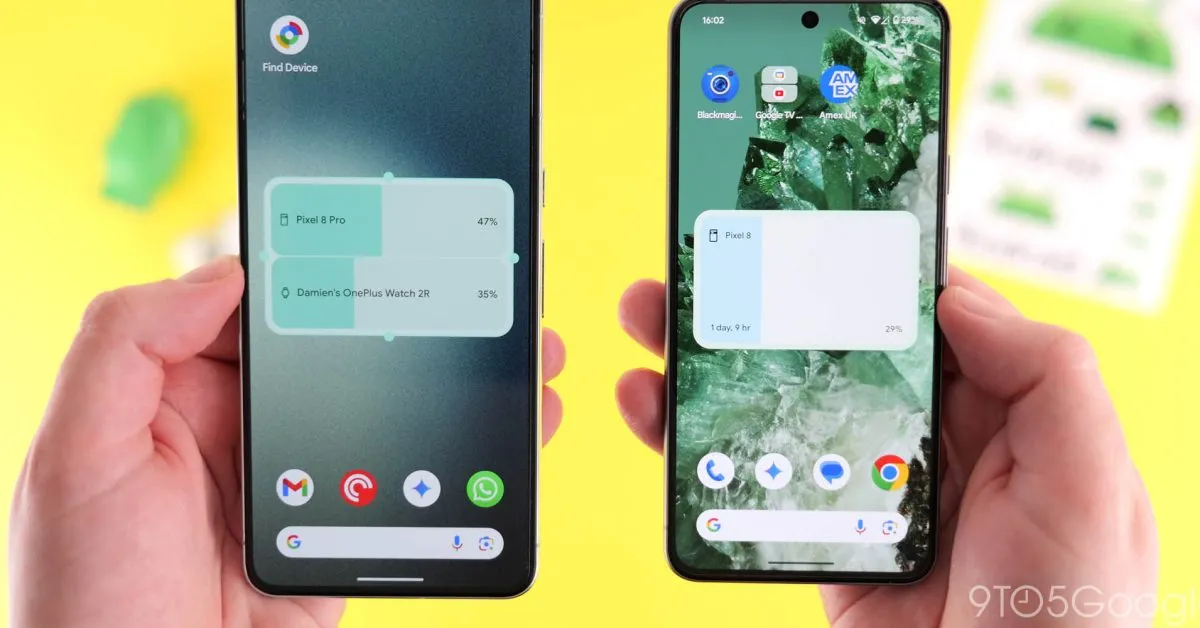
Google has introduced a significant new metric known as “excessive partial wake locks” that is tailored for Android app developers. This innovative metric aims to enhance user experience by providing Play Store warnings for end users regarding applications that may lead to battery drain.
Apps utilize wake locks to maintain their functionality while the device screen is off, which allows them to perform essential background tasks without interruption. The newly established Android vitals metric was co-developed in collaboration with Samsung. This partnership combined Samsung's “deep, real-world insights into user experience and battery consumption” with comprehensive data from the Android platform.
Since its beta launch in April, Google has actively engaged with app developers to refine the algorithm, making it “even more accurate and representative.” Now that the metric is generally available, Google is implementing it with a new threshold for identifying bad behavior associated with excessive wake locks, which are recognized as a “heavy contributor to battery drain.” According to Google, a user session is deemed excessive if it holds over “2 cumulative hours of non-exempt wake locks in a 24-hour period.”
It's important to note that some wake locks are exempt from this classification. For example, system-held wake locks that provide clear user benefits that cannot be further optimized—such as audio playback or user-initiated data transfer—are not counted against the threshold.
Google defines the bad behavior threshold as occurring when “5% of an app’s user sessions over the last 28 days are excessive.” Developers seeking to understand this metric in detail can find additional resources and new debugging tools available for their use.
As a consequence of exceeding the bad behavior threshold for excessive wake locks, applications may face significant repercussions. These include being excluded from “prominent discovery surfaces such as recommendations” within the Play Store. Moreover, app listings could feature a red warning message stating, “This app may use more battery than expected due to high background activity.” In some instances, Google may also display a warning on the store listing to inform users that the app could lead to excessive battery drain.
These critical changes in the Google Play ecosystem are set to be implemented starting March 1, 2026, marking a pivotal step towards improving app performance and user satisfaction.